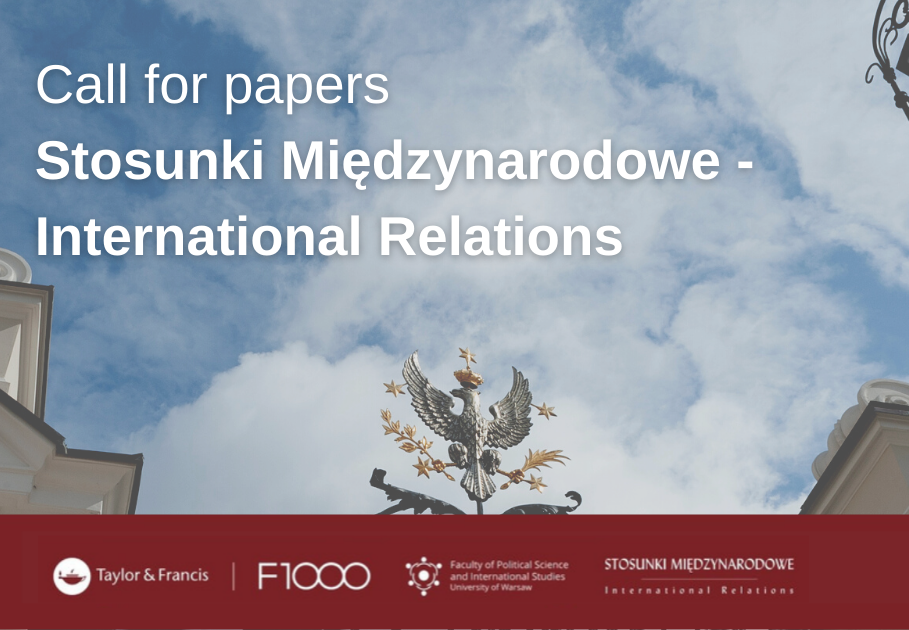O czasopiśmie
Cele i zakres czasopisma
Zasady Etyki
Polityka Prywatności (RODO)
Zespół Redakcyjny i Rada Redakcji
Kontakt
Bieżący numer
Archiwum
Dla Autorów
Call for Papers
Ogólne wytyczne dla Autorów
Struktura tekstów
Wymogi edytorskie
Procedura recenzowania
Zasady recenzowania
Dla Recenzentów
Procedura recenzowania
Zasady recenzowania
Ogólne wytyczne dla Recenzentów
Zasady publikowania/
Kodeks etyczny
Kontakt
ARTYKUŁ
A neoclassical-realist analysis of Japan’s stance on cross-strait
relations
1
University of Łódź
Data publikacji: 29-12-2023
Stosunki Międzynarodowe – International Relations 2022;58:6-24
SŁOWA KLUCZOWE
STRESZCZENIE
Since 1972, Tokyo has maintained official diplomatic relations with Beijing, while stressing the importance of peace and stability across the Taiwan Strait. Based on governmental documents and decision-makers’ political declarations, this article examines Japan’s approach towards cross-strait relations since the 1990s. It applies the perspective of neoclassical realism by analyzing both the international determinants (independent variables) and the domestic factors (intervening variables) behind Tokyo’s approach to ‘One China’ policy. The article tries to answer the question why different Japanese governments reacted in various ways to cross-strait frictions and rapprochement. It is argued that the level of Tokyo’s involvement in the Taiwan problem was dependent both on international and domestic factors. Growing concerns about China’s military buildup, coupled with a gradual demise of pro-Beijing faction in the Liberal Democratic Party, pushed Japan towards containing the People’s Republic of China (PRC) while ameliorating relations with Taipei. As Sino-Japanese relations deteriorated, Tokyo became less inclined to lecture Taiwan against provoking Beijing and more willing to support Taipei’s international initiatives. At the same time, Japan started perceiving cross-strait rapprochement not only as a factor stabilizing the regional security system, but also as a potential threat to national security.
Udostępnij
ARTYKUŁ POWIĄZANY
Przetwarzamy dane osobowe zbierane podczas odwiedzania serwisu. Realizacja funkcji pozyskiwania informacji o użytkownikach i ich zachowaniu odbywa się poprzez dobrowolnie wprowadzone w formularzach informacje oraz zapisywanie w urządzeniach końcowych plików cookies (tzw. ciasteczka). Dane, w tym pliki cookies, wykorzystywane są w celu realizacji usług, zapewnienia wygodnego korzystania ze strony oraz w celu monitorowania ruchu zgodnie z Polityką prywatności. Dane są także zbierane i przetwarzane przez narzędzie Google Analytics (więcej).
Możesz zmienić ustawienia cookies w swojej przeglądarce. Ograniczenie stosowania plików cookies w konfiguracji przeglądarki może wpłynąć na niektóre funkcjonalności dostępne na stronie.
Możesz zmienić ustawienia cookies w swojej przeglądarce. Ograniczenie stosowania plików cookies w konfiguracji przeglądarki może wpłynąć na niektóre funkcjonalności dostępne na stronie.



